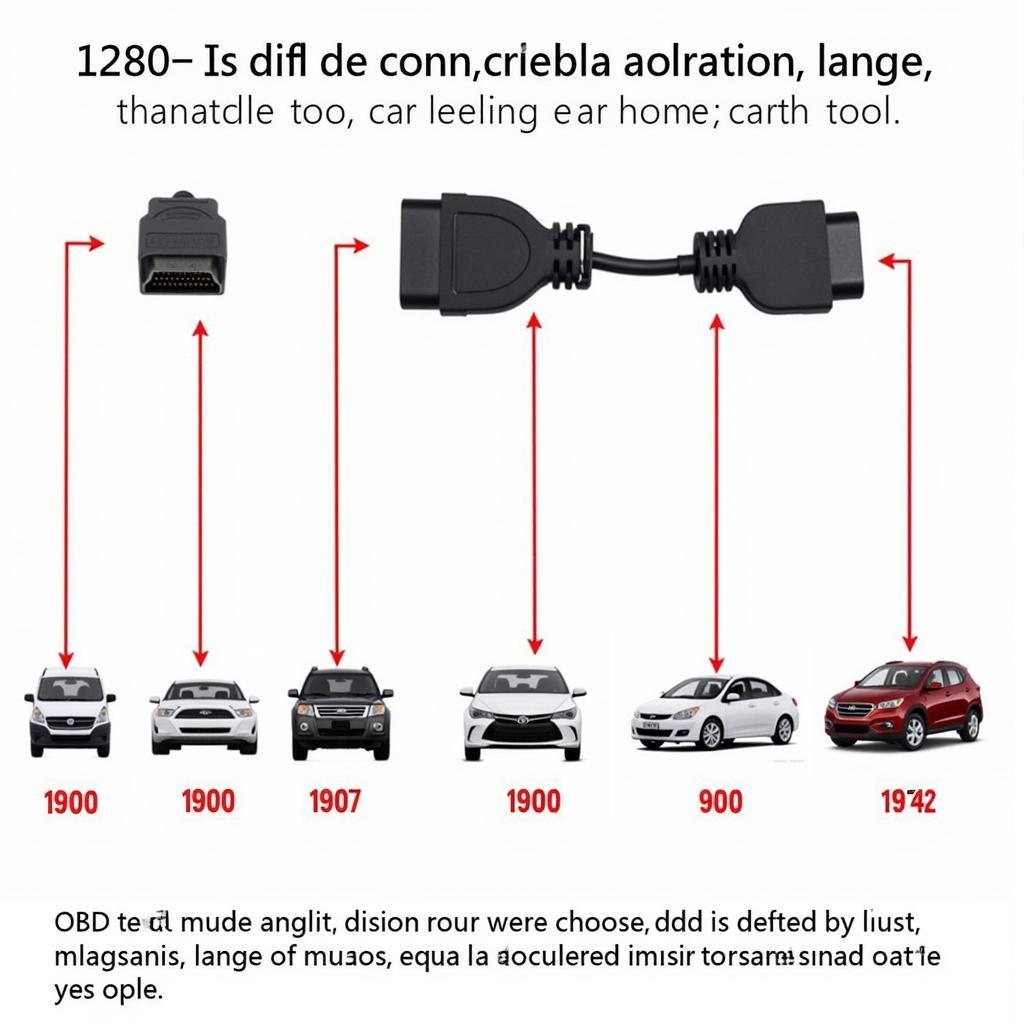Engine diagnostics and repair can be complex, but having the right tools can simplify the process and save you valuable time and money. Whether you’re a professional mechanic or a DIY enthusiast, these five essential engine diagnostic and repair tools are crucial for tackling various automotive issues. Understanding how to use these tools effectively can empower you to diagnose problems accurately and perform repairs efficiently.
Picking the right diagnostic and repair tools for your needs can feel overwhelming with so many options available. This guide simplifies the process by focusing on five essential tools for accurate diagnosis and efficient repairs, whether you’re a seasoned mechanic or a DIY enthusiast. We’ll explore each tool’s function, benefits, and how to use it effectively to address common car problems. From simple code readers to advanced scan tools, we’ll cover the essentials for diagnosing engine issues like a pro.
What are Five Must-Have Engine Diagnostic Tools?
Here are five essential tools for engine diagnostics and repair, each designed to address specific tasks and challenges:
-
OBD-II Scan Tool: This is your first line of defense against engine trouble. It reads diagnostic trouble codes (DTCs) stored in your car’s computer, giving you a starting point for troubleshooting. Beyond simply reading codes, a good OBD-II scan tool can provide live data streams, allowing you to monitor various engine parameters in real-time. This feature helps pinpoint intermittent problems and verify repairs. Some advanced models even offer bi-directional control, enabling you to activate certain components for testing.
-
Multimeter: A multimeter is a versatile electrical testing tool that measures voltage, current, and resistance. It’s essential for diagnosing electrical issues within the engine and its related systems. You can use it to check for shorts, opens, and other electrical faults in wiring, sensors, and actuators. Knowing how to use a multimeter effectively can save you from replacing perfectly good components.
-
Compression Tester: A compression tester measures the pressure within each cylinder of your engine. Low compression can indicate worn piston rings, valves, or a blown head gasket. This tool allows you to assess the overall health of your engine’s internal components and identify potential mechanical problems early on, preventing more serious damage.
-
Vacuum Gauge: This tool measures the vacuum pressure within the engine’s intake manifold. Fluctuations in vacuum pressure can reveal issues such as intake leaks, faulty valves, or ignition problems. A steady vacuum reading typically indicates a healthy engine, while erratic readings point towards specific problems.
-
Mechanics Stethoscope: This specialized stethoscope helps pinpoint unusual noises coming from the engine. By placing the probe on various engine components, you can isolate the source of knocks, ticks, or other noises that might indicate problems with bearings, valves, or other moving parts.
How to Choose the Right Diagnostic Tools
Choosing the right diagnostic tools depends on your skill level and the complexity of the repairs you intend to undertake. For basic diagnostics and simple repairs, a basic OBD-II scanner and a multimeter might suffice. However, for more in-depth diagnostics and complex repairs, investing in a more advanced scan tool, a compression tester, a vacuum gauge, and a mechanics stethoscope is highly recommended.
Troubleshooting Common Engine Problems
These tools can help troubleshoot common engine problems like misfires, rough idling, and poor fuel economy. For example, an OBD-II scanner can retrieve misfire codes, while a multimeter can check the ignition coils and spark plugs. A vacuum gauge can help detect intake leaks, and a mechanics stethoscope can pinpoint noisy lifters or other internal engine problems.
“Accurate diagnostics are the cornerstone of effective repairs,” says renowned automotive expert, Michael Stevenson, ASE Certified Master Technician. “Investing in the right tools is like having an x-ray vision into your engine, revealing hidden problems before they escalate.”
Conclusion: Empowering You with the Right Tools
These five engine diagnostic and repair tools empower you to tackle a wide range of automotive challenges. Whether you’re a seasoned mechanic or a car enthusiast taking on DIY repairs, these tools can significantly improve your diagnostic accuracy and repair efficiency. Using these tools, you can accurately diagnose problems, perform efficient repairs, and maintain your vehicle effectively. Need help with your automotive diagnostic needs? Connect with us at ScanToolUS for expert assistance. You can reach us at +1 (641) 206-8880 or visit our office at 1615 S Laramie Ave, Cicero, IL 60804, USA.
“A good mechanic is only as good as their tools,” adds Stevenson. “These five tools provide a solid foundation for anyone serious about working on cars.”
Remember, having the right tools is just the first step. Understanding how to use them properly is essential for getting the most out of your investment and keeping your vehicle running smoothly. By investing in these essential tools and developing your diagnostic skills, you can confidently address common engine issues, saving time and money in the long run. If you’re looking for more specific advice on using diagnostic tools, you can find some helpful tips on the ping diagnostic tool reddit subreddit.

